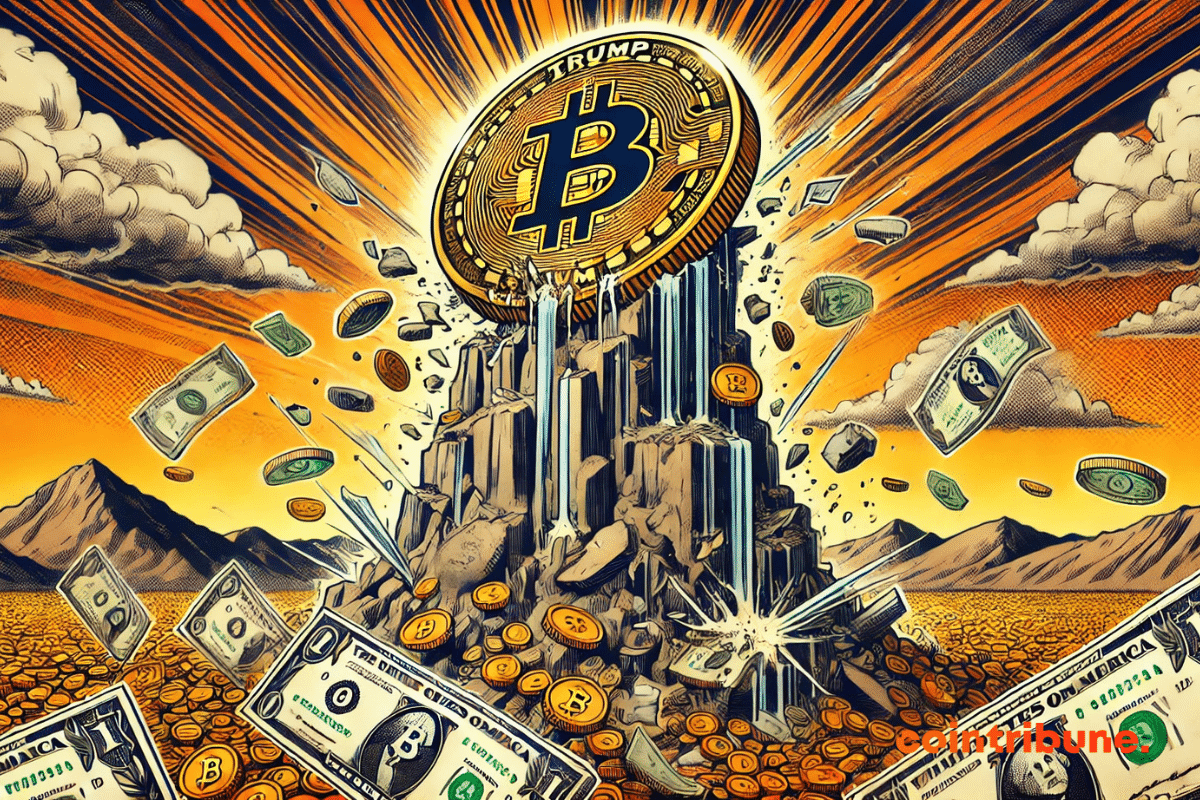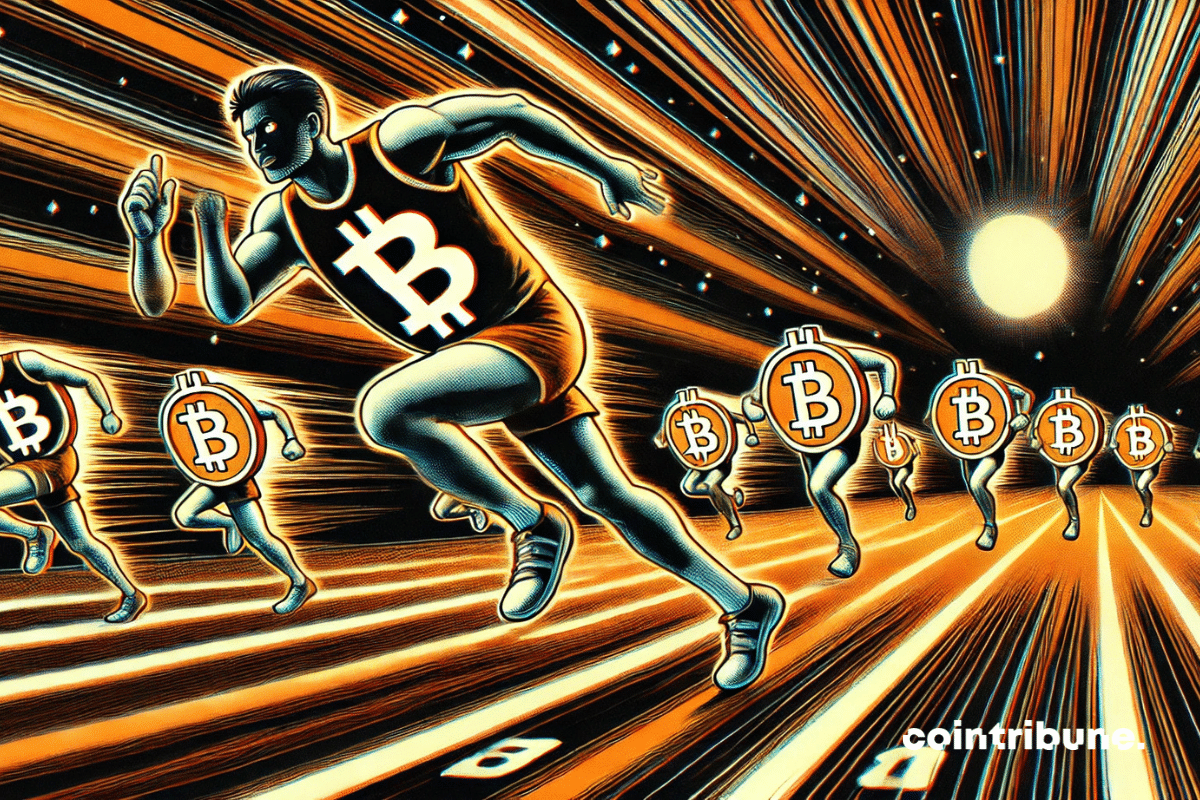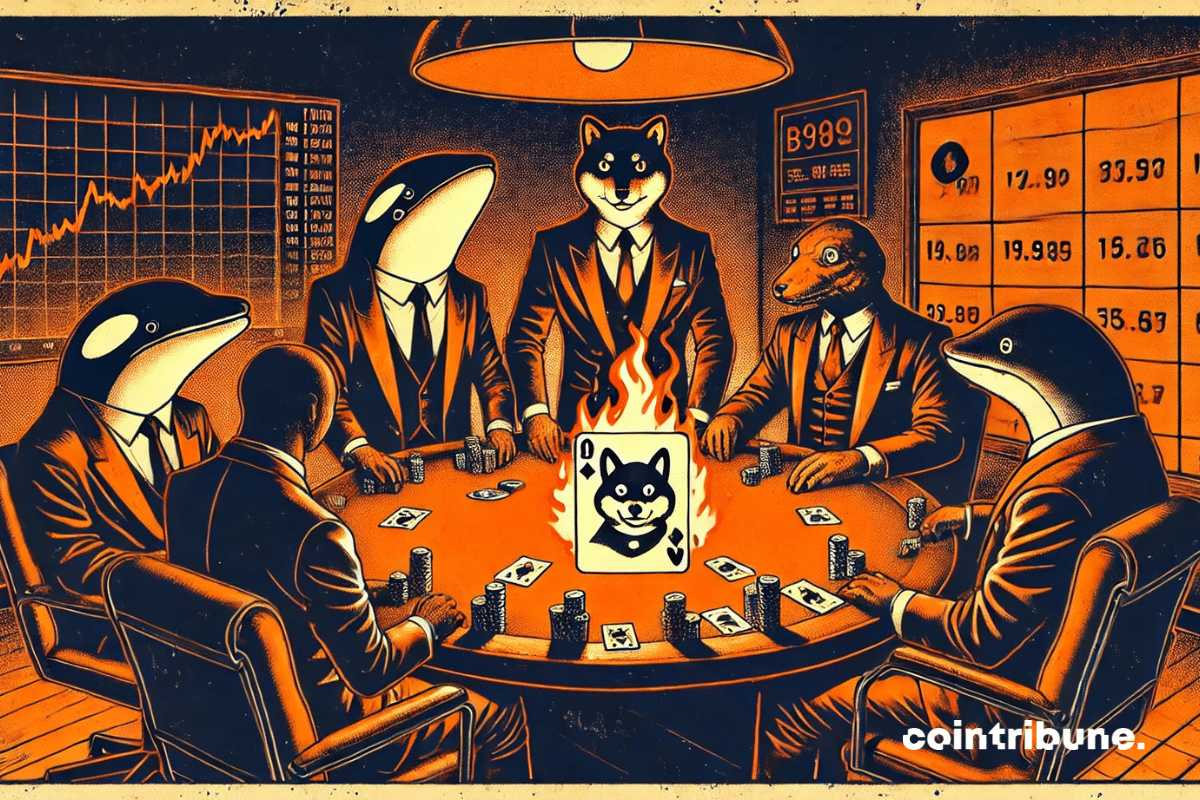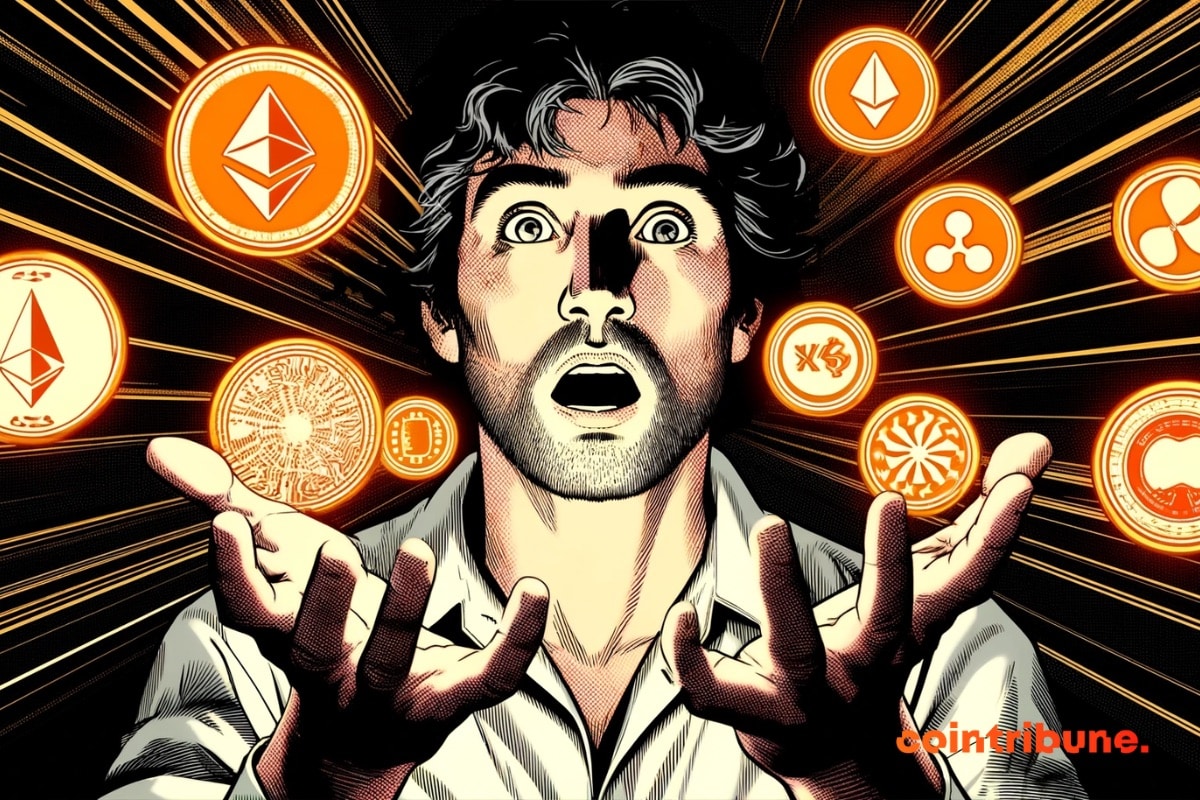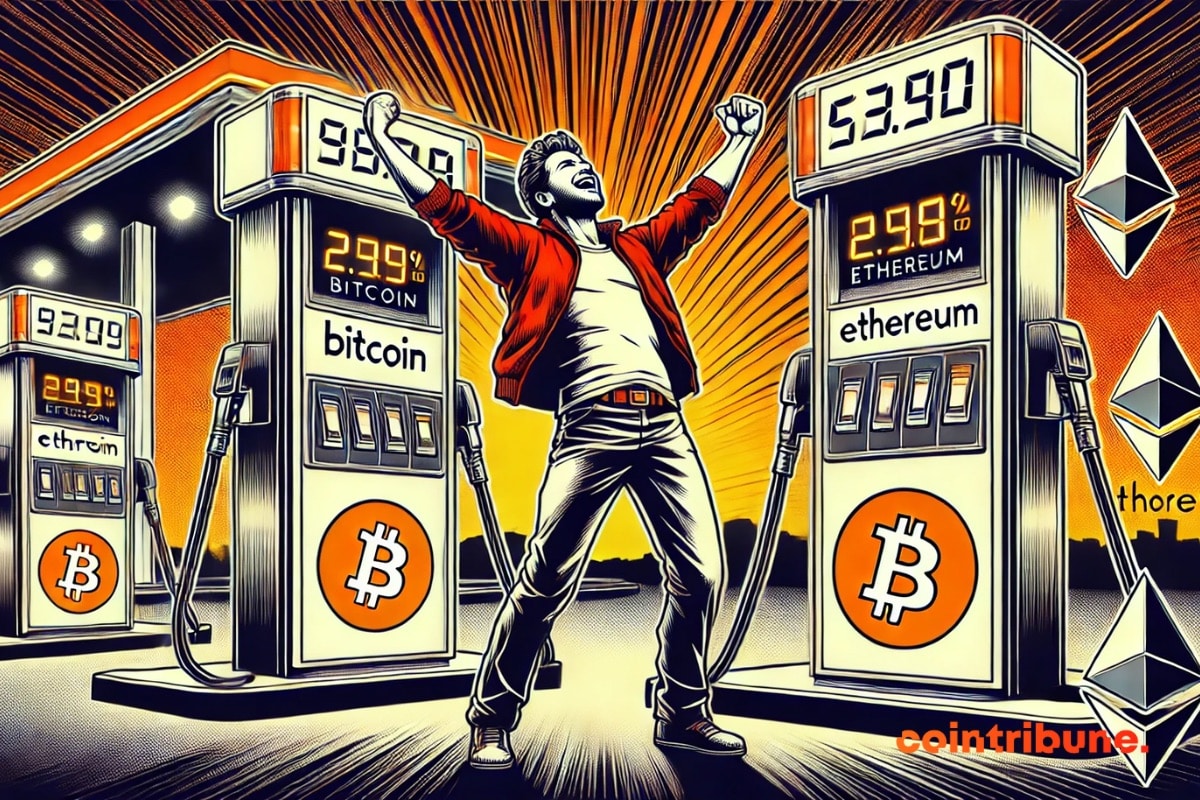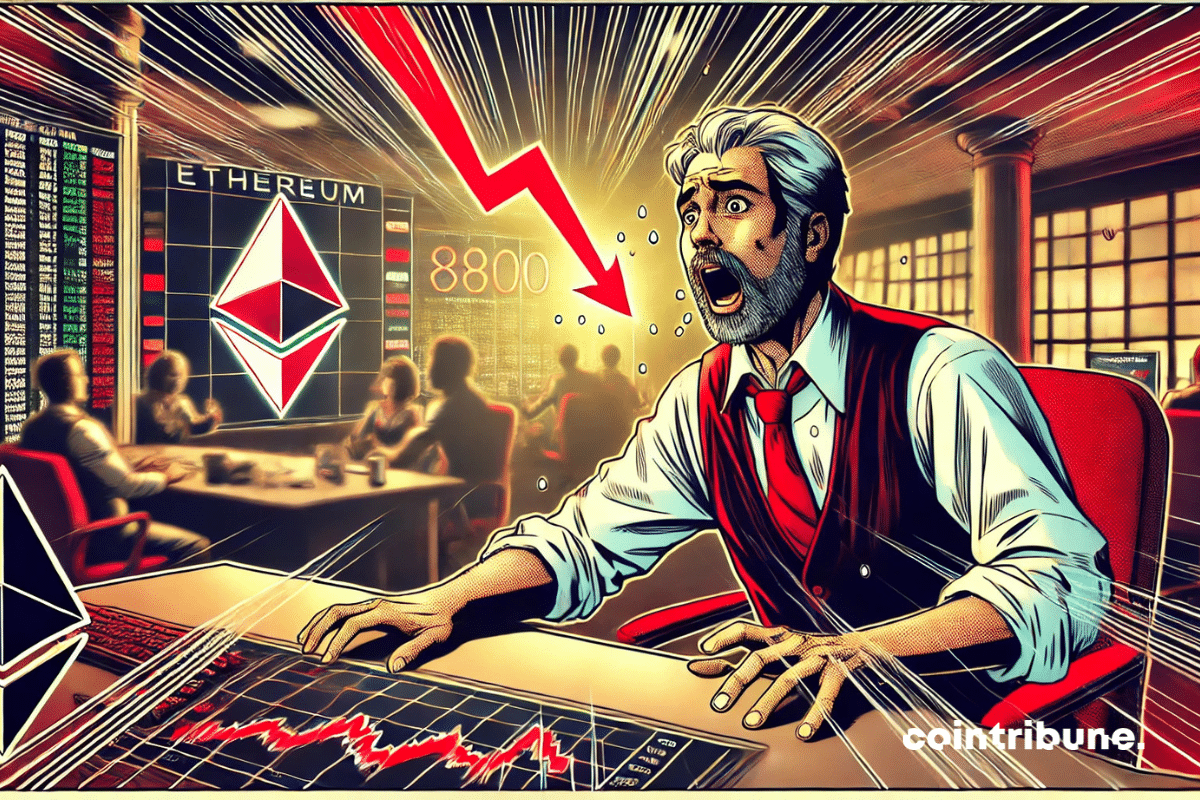The $TRUMP token, once a rising star, plummets 90% with the unlocking of 40 million tokens, revealing the risks of a controversial presidential crypto strategy.
Archive April 2025
While the crypto market oscillates without a clear direction, some internal dynamics are stirring tensions. This month, the Pi Network project is preparing to inject a massive amount of tokens into the market. This operation is being closely watched, as its scale could worsen the selling pressure on the price of Pi, an already fragile asset. The chosen timeline, combined with alarming technical signals, outlines a scenario to be monitored very closely.
When Robert Kiyosaki speaks, the markets listen. The author of "Rich Dad, Poor Dad," an iconic figure in alternative finance, predicts a bitcoin worth 1 million dollars by 2035. In a global climate weakened by debt, inflation, and mistrust towards institutions, his statement fuels debates about the safe-haven value of cryptocurrencies. Prophetic vision or alarmism? The future of bitcoin may already be written between the lines of this announcement.
While the United States tightens its tariff arsenal, the rest of the world is organizing itself. Thus, the BRICS bloc attracts economies seeking strategic independence. Breaking away from the established monetary order, this alliance is reshaping trade routes and weakening the dollar's dominance. A silent but structural shift is underway.
In a world where information often blends with misinformation, Telegram, the encrypted messaging app, found itself at the center of an unprecedented controversy. While France claims to have forced the platform to comply with European regulations following the arrest of its founder, Pavel Durov turns the accusation around: according to him, it was the French authorities who delayed implementing the procedures stipulated by the EU. A rhetorical duel that reveals deeper tensions over the control of tech giants.
Bitcoin's dominance in the crypto market is approaching a historical resistance level that has previously triggered major reversals. According to a technical analysis published on TradingView, BTC's market share could collapse to 40% in the coming months, potentially paving the way for a new altcoin season.
Despite signs of sustained activity, Shiba Inu (SHIB) is sinking into a downward spiral of underperformance. Contrary to the rebound seen in other altcoins, the token shows a historically low profitability rate, revealing a deep imbalance in its market structure. The majority of wallets remain in the red, even as trading volumes explode. This stark contrast between apparent excitement and massive losses raises a simple question: what is really happening behind the numbers?
In the crypto world, the "unit bias" leads many investors to favor cheap altcoins over Bitcoin. According to Samson Mow, this mistaken perception distorts investment decisions and fuels an illusion of value. BTC dominance could thus explode far beyond forecasts!
Bitcoin and Ethereum users can finally breathe easy: transaction costs on the two main blockchains have dropped by more than 90% compared to the previous year. This major change reflects a calming of network activity, but also a notable improvement in operational efficiency.
Peter Brandt's explosive prediction about Ethereum (ETH) has electrified the crypto community. This veteran trader, whose career spans five decades, anticipates a collapse in the price to around $800, a level unseen since 2022. While ETH struggles to stabilize above $1,600, this warning reignites debates about the uncertain future of the second-largest cryptocurrency. Between relentless technical analysis and the unwavering optimism of certain industry figures, the market is divided. But who is really right?
